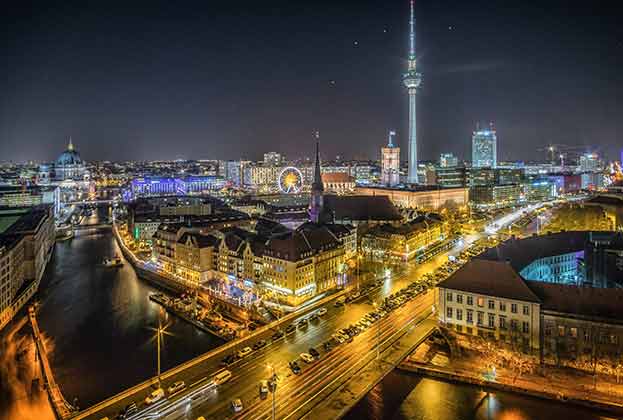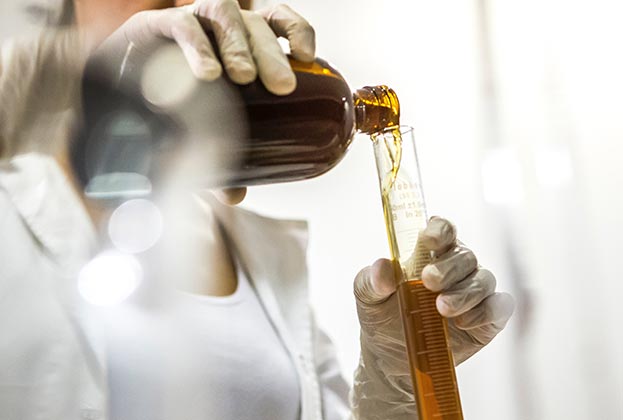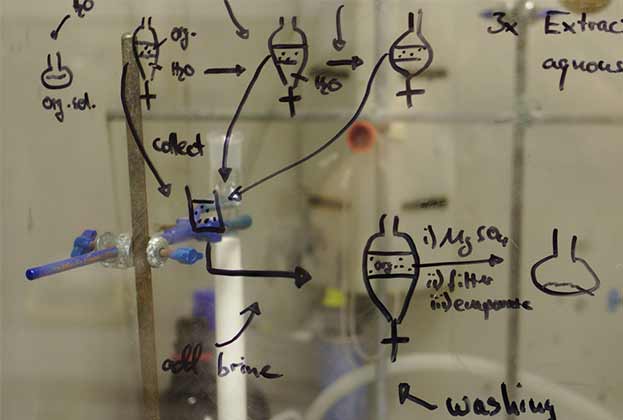The US is the key market for attracting corporates to the UK
When Savills are discussing real estate requirements with companies based in the UK, the connectivity to East or West coast in the US is the most important.
McKinsey describes a digitisation of life sciences and highlights the symbiotic relationship between technology (mostly software, data, analytics, Artificial Intelligence (AI)) and the more traditional discovery for life sciences. The 'turning point' of this relationship for the future growth of the life science sector will benefit those locations where science and technology have clustered. The Bay Area, Cambridge, MA as well as Cambridge, UK, closer to home, will all benefit from this relationship and evolving model of discovery. MIT announced in February they have discovered a new type of antibiotic from using AI to analyse 100 million compounds in a matter of days.
So, looking to the US provides an early indication of the rapidly evolving landscape of biomedical innovation. The chart above presents the corporate investment, of all types, that have taken place in the San Francisco Bay Area during the past decade. On average, during the past five years, the capital raised within the life science/oncology sector has grown by 12%; in comparison, during the same period, the burgeoning Digital Health/HealthTech sector has grown by double this amount, at 24% per annum.
This highlights the new model of discovery to include software-based modelling for the research or AI techniques to enhance the clinical trials, which are all rooted in the tech sector.
To understand the other areas that will drive the global life science market during the next decade it will be prudent to look at primary leading indicators of future investments. This includes the National Institute of Health (NIH) in the US, who are the largest global public funder of biomedical research (US$39bn+ per annum). So if there are 'ones to watch' it will emerge from the funding signals of the NIH. So many areas, including regenerative medicine, gene editing, precision medicine and pain management, to name a few, will lead to new companies emerging in the next 10 years. As a real estate industry advisor, Savills will need to remain vigilant of the growing diversity of needs of the resulting emergent companies.
View from the US
The San Francisco Bay area is the birthplace of the biotech industry and continues to be the sector's dominant region. Home to biotech titans Genentech and Gilead along with a major presence of Southern California based Amgen, the region has also recently seen international pharma companies Merck, Eli Lilly and AbbVie establish significant footholds in the market. The region boasts over 26 million square feet of life science-focused inventory while new demand for space continues to outpace supply.
In 2019, the San Francisco Bay Area life science community racked up over $5.5 billion in VC funding with another $3.6 billion in digital health VC investment. It is expected that the region’s top tier research universities, including UC Berkeley, UCSF and Stanford will continue to provide a pipeline of talent to bolster future growth.
Read the articles within Spotlight: Life Sciences – Trends & Outlook below.
.jpg)




